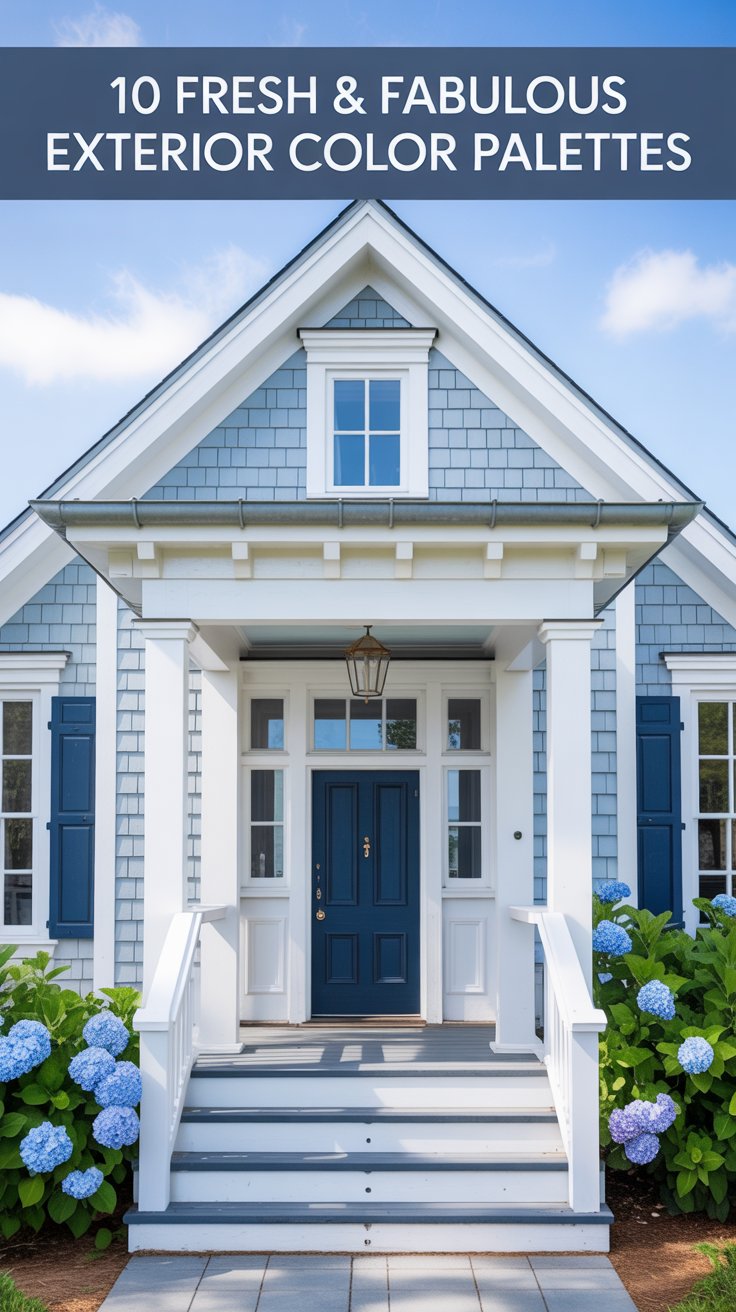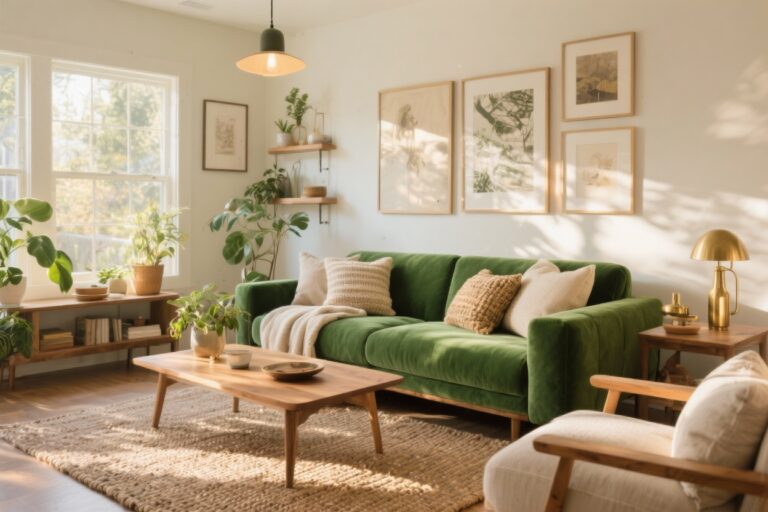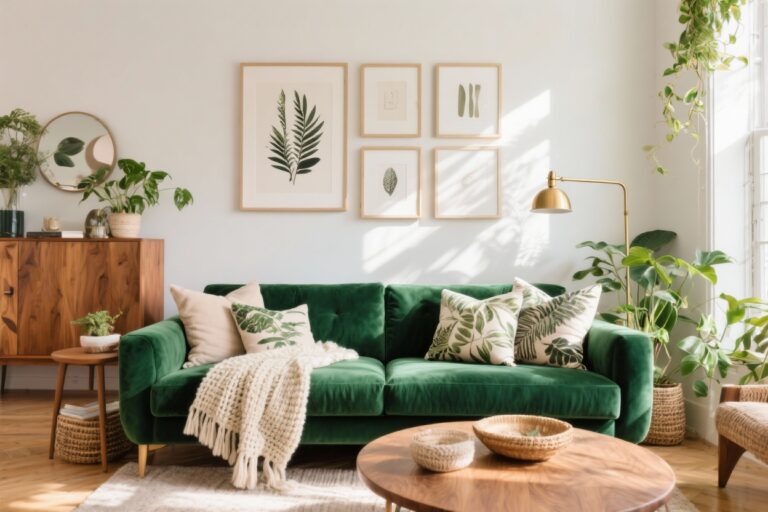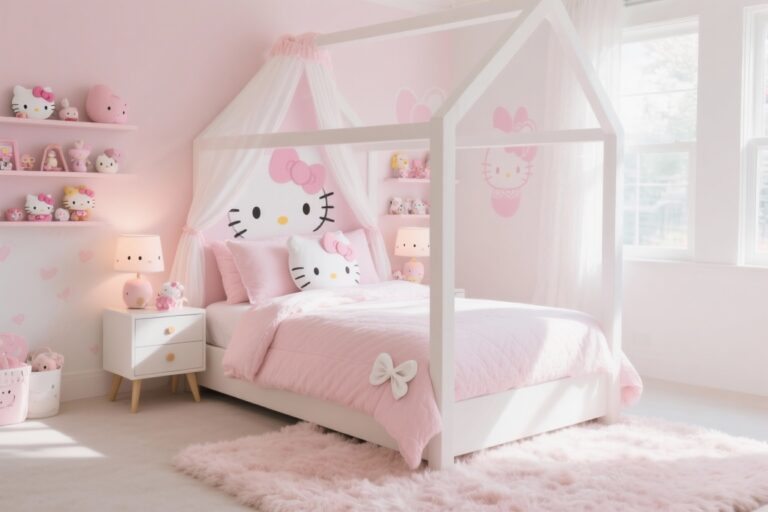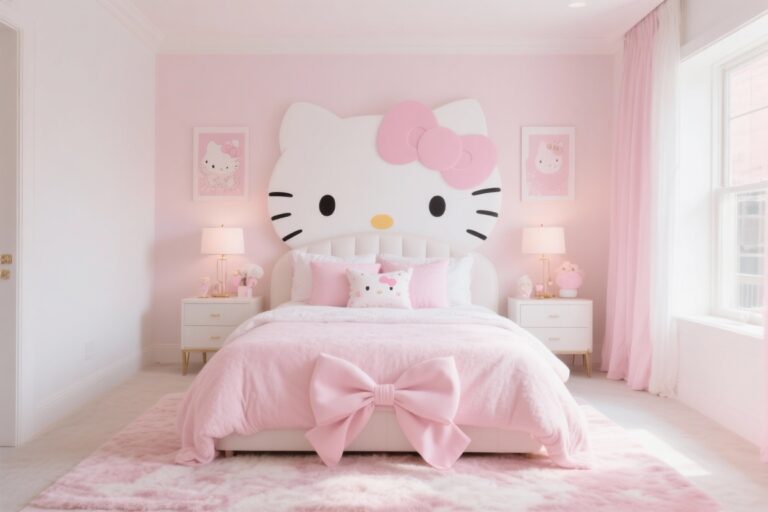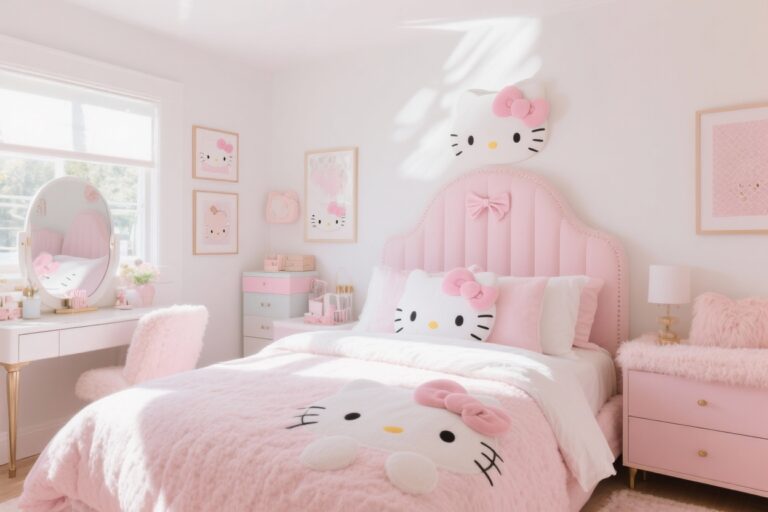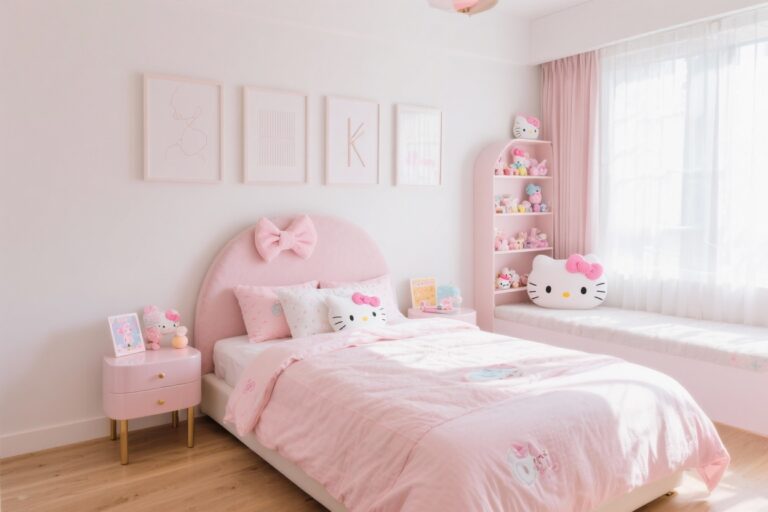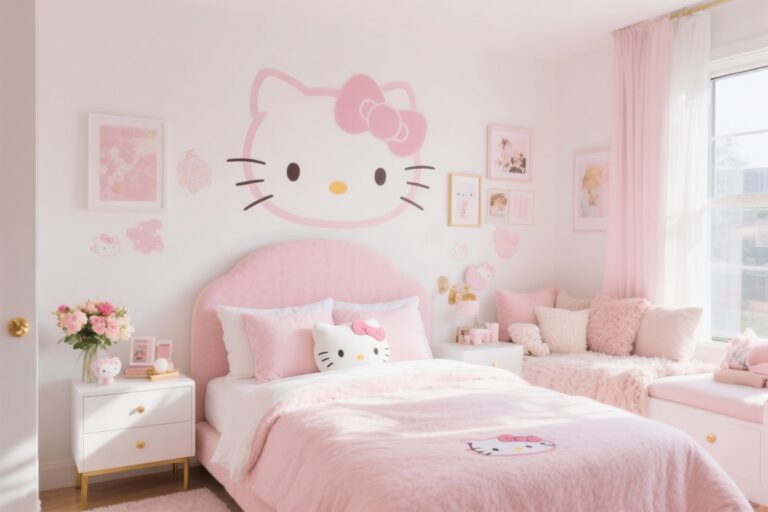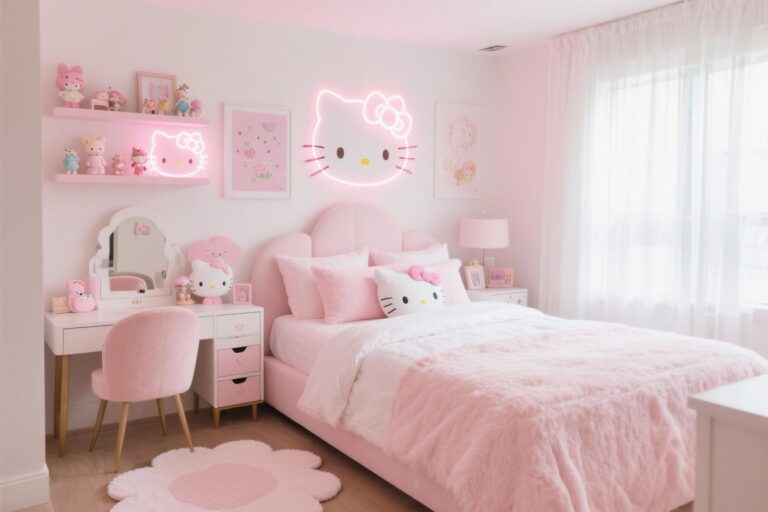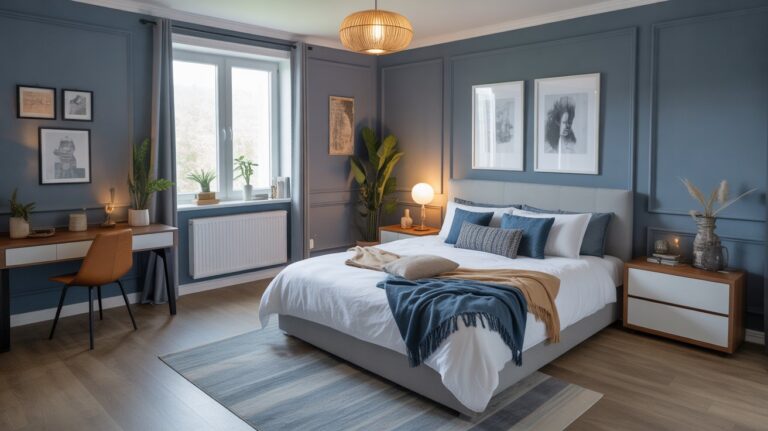Your home’s exterior is its first hello, the cover of its story, and the very first impression you give to the world. It’s a reflection of your personal style and the sanctuary that lies within. Choosing a color palette can feel like an immense decision—it is, after all, a pretty big canvas! But I want you to reframe that feeling from one of pressure to one of pure, joyful potential. This is your opportunity to infuse your home with personality, enhance its best architectural features, and create a curb appeal that makes you smile every single time you pull into the driveway.
Think of your home’s exterior as a complete outfit. The siding is the dress or the suit, the trim is the perfect belt or tie, the front door is the statement handbag or a fabulous pair of shoes, and your landscaping is the jewelry that ties it all together. When all the elements work in harmony, the result is breathtaking. The secret isn’t just picking a color you like; it’s about building a palette that tells a cohesive story and works with your home’s style, your environment, and even the quality of the light it receives throughout the day.
So, let’s embark on this creative journey together! Forget about fleeting trends for a moment and focus on timeless appeal and what truly speaks to you. Below, you’ll find 10 distinct and beautiful color palette ideas, complete with detailed descriptions and tips to get you started. We’ll be showing you plenty of inspirational images, so use these descriptions to train your eye and start envisioning the incredible transformation that awaits your home.
1. The Timeless Classic: Crisp White & Black
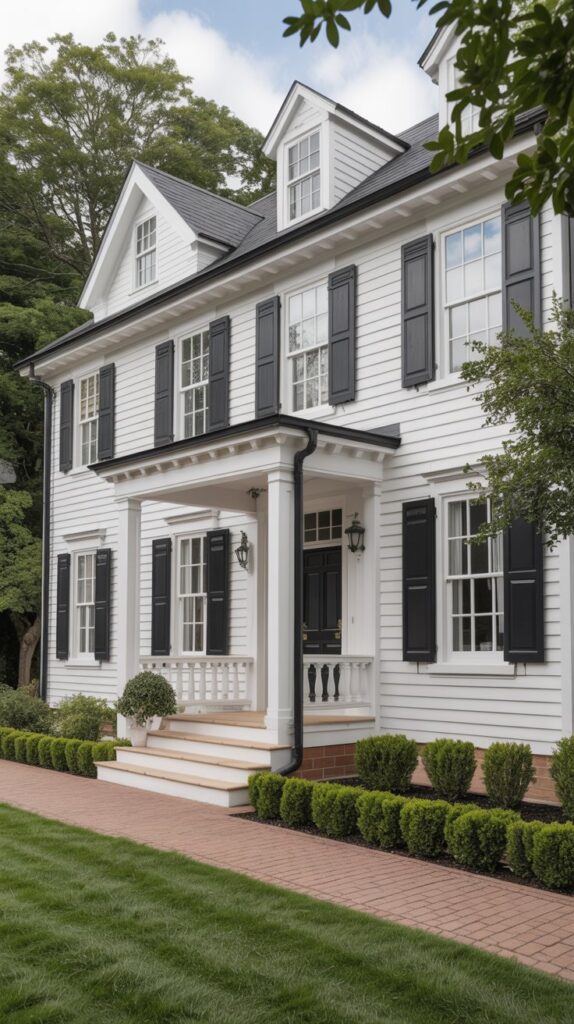
There is an undeniable, enduring elegance to a black and white palette. It’s the “little black dress” of the design world—forever in style, effortlessly chic, and a perfect backdrop for any season. This combination is a master of versatility, looking just as stunning on a historic Colonial as it does on a sleek, modern build or a beloved Modern Farmhouse. It’s clean, it’s graphic, and it creates a powerful contrast that highlights architectural details with confidence and grace.
To bring this look to life, the key is choosing the right white. For a sharp, contemporary feel, opt for a pure, crisp white with no undertones. If you want a slightly softer, more classic look, choose an off-white with a hint of cream or gray. Your instruction is to paint the main body of the house in your chosen white, then use a true, deep black for accents. This includes window trim, fascia boards, gutters, and any shutters. This sharp definition is what gives the palette its sophisticated punch.
As you picture the images, imagine a home with brilliant white clapboard siding that gleams in the sun. The windows are framed in a sharp, semi-gloss black, making them pop. The front door is a statement piece, painted in the same bold black, perhaps with polished nickel or brass hardware for a touch of warmth. To complete the vision, think about landscaping: structured green boxwoods, climbing ivy, or large black planters filled with vibrant flowers add life and a finishing touch of organic texture against the clean, graphic backdrop.
2. The Moody Modernist: Deep Charcoal & Warm Wood
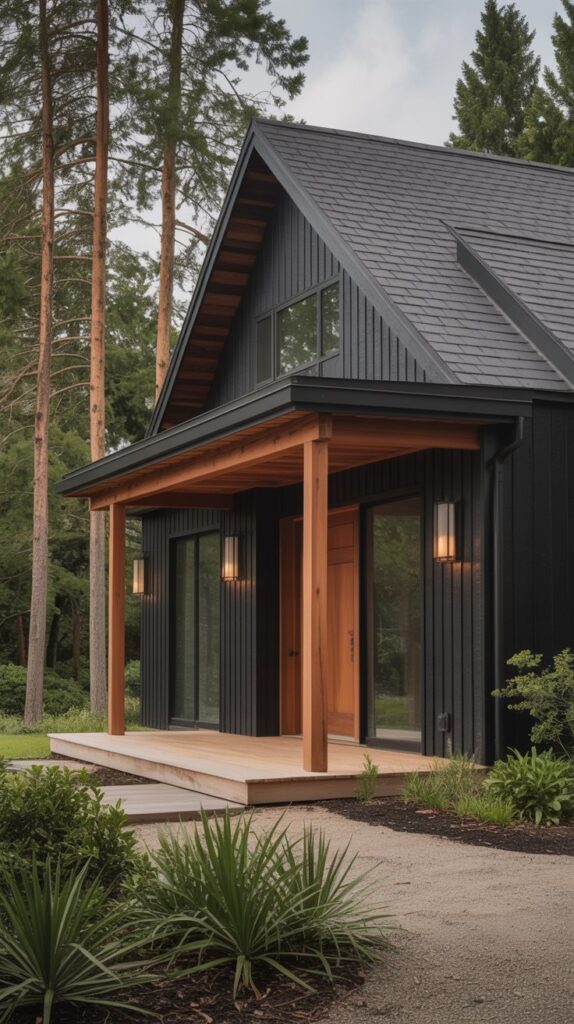
For those who crave a bit of drama and sophisticated depth, a moody palette is an absolute showstopper. Moving away from traditional neutrals, this look embraces the dark side with a rich charcoal or near-black siding. Far from being gloomy, this deep color feels grounded, confident, and incredibly chic. It makes a bold statement while also having the unique ability to recede into a lush, green landscape, allowing nature to take center stage. This palette is perfect for modern, contemporary, or woodland homes.
Your primary instruction is to balance the coolness of the dark siding with the organic warmth of natural wood. This contrast is everything. Use the deep charcoal gray or a soft black for the main siding—whether it’s vertical board-and-batten or sleek horizontal panels. Then, strategically introduce stained wood elements. Think of a cedar or redwood soffit under the eaves, a warm wood garage door, or thick, expressive wood columns supporting a porch. The warmth of the wood grain prevents the dark color from feeling cold and creates an inviting, textural appeal.
Picture this: a house nestled amongst trees, its siding painted in a deep, matte charcoal like “Benjamin Moore Iron Mountain.” The low-pitched roofline is accentuated by a warm honey-toned wood soffit that glows in the evening light. A grand pivot front door, made of the same beautiful wood, welcomes you inside. The window frames are a simple, thin black to keep the look seamless. This palette is minimalist yet warm, pairing beautifully with native grasses, stone pathways, and minimalist landscape lighting that casts a soft glow on the wood and dark siding at night.
3. The Earthy Serene: Sage Green & Creamy Off-White
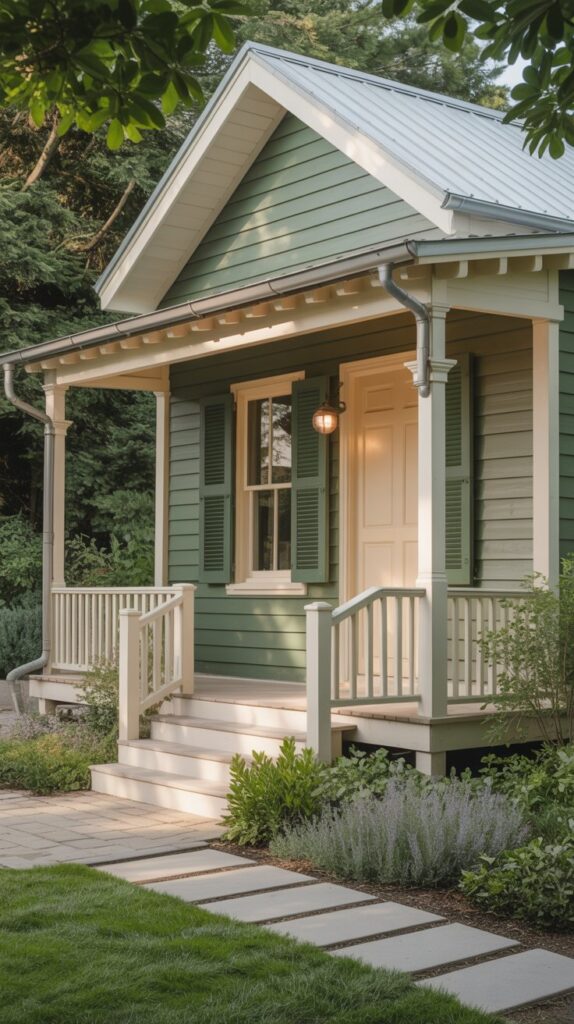
If your goal is a home that feels like a peaceful retreat, look no further than the gentle, nature-inspired pairing of sage green and cream. This palette is calming, restorative, and deeply connected to the garden. Sage green is a complex neutral; it’s a muted green with gray undertones that can shift beautifully with the changing light. It’s subtle, sophisticated, and evokes a feeling of wellness and tranquility. Paired with a soft, creamy white, the look is timeless, gentle, and welcoming.
To execute this palette, select a soft, earthy sage green for the main body of the house. Test several swatches, as sage can lean more gray, more blue, or more yellow. Look for a shade that harmonizes with the foliage in your yard. For the trim, shutters, and porch railings, choose a warm, creamy off-white instead of a stark white. This subtle warmth is crucial; it keeps the overall look soft and cohesive, preventing a harsh contrast and enhancing the green’s natural beauty.
Envision a charming cottage or a classic bungalow painted in a soft, dusty sage. The trim around the windows and along the roofline is a warm, creamy white, like fresh dairy cream. The porch railings and columns are also painted in this cream, creating a bright and inviting entry. For the front door, you have options: a natural wood door would look stunning, or for a touch of muted color, a deep, earthy terracotta or a dark, dusty blue would complement the sage beautifully. Surround this home with lavender, rosemary, and soft, flowing grasses to complete the serene, garden-inspired vision.
4. The Breezy Coastal: Light Blue-Gray & Bright White
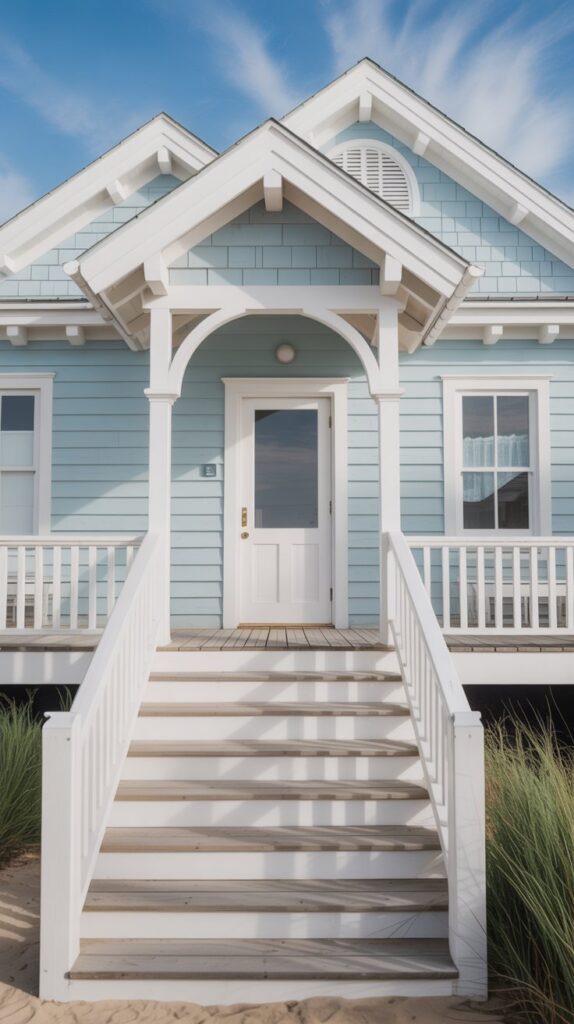
You don’t need an ocean view to capture the relaxing, airy essence of coastal living. This palette is all about bottling that feeling of a sunny, breezy day by the sea. The key is a light and airy blue-gray that mimics the color of the sky on a perfect day, paired with a clean, brilliant white that feels like cresting waves or sun-bleached shells. This look is fresh, clean, and eternally optimistic, perfect for beach houses, lakeside cottages, or any home where you want to create a light-hearted, vacation-like vibe.
Your game plan is to find the perfect blue-gray for your siding. It shouldn’t be a baby blue, but rather a sophisticated, muted shade with significant gray undertones. This keeps it from looking overly sweet and gives it a more timeless quality. A great tip is to observe the swatch outside in both direct sun and shade. Then, go all in with a crisp, pure white for the trim, railings, and any decorative architectural details. This high contrast is what gives the palette its fresh, clean energy.
Imagine a home with light blue-gray shingles or siding, reminiscent of a hazy coastal morning. All the trim—around the windows, the doors, the porch columns—is painted in a brilliant, clean white, making the blue feel even more serene. The front door is your place to have a little fun. A classic navy blue door would be a sophisticated choice, a cheerful sunny yellow would be playful and unexpected, or a natural light-wood door would add a touch of sandy, rustic warmth. Add some Adirondack chairs on the porch and plant some billowing hydrangeas, and you’ve created your own coastal escape.
5. The Modern Farmhouse Chic: Board-and-Batten White & Black Accents
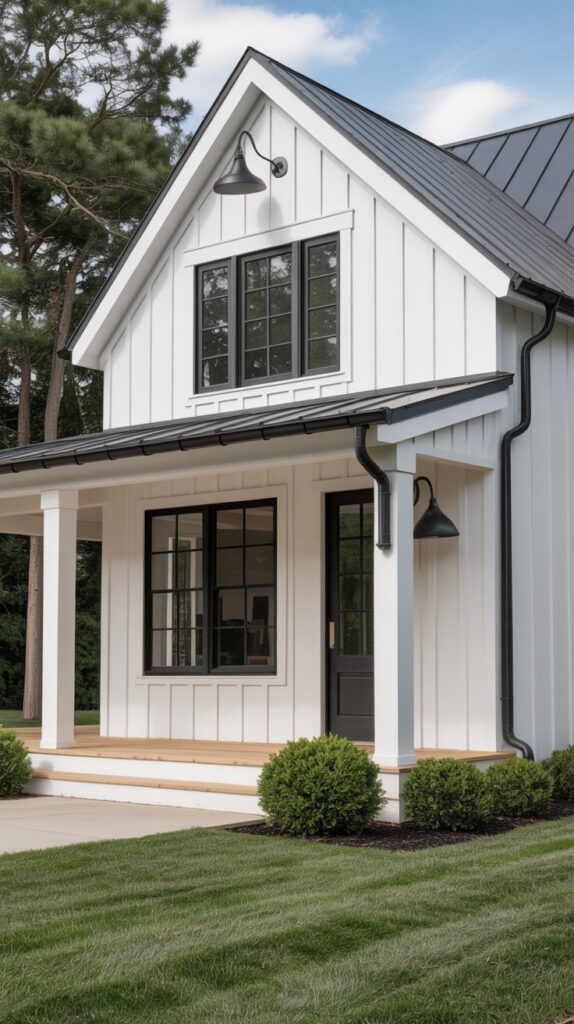
The modern farmhouse trend has captured our hearts for a reason: it perfectly blends rustic comfort with clean, contemporary lines. The signature color palette is a crucial part of this aesthetic, and it’s all about high-contrast simplicity. This look typically starts with a brilliant white body, often using board-and-batten siding to add texture and verticality. It’s then punctuated with bold, graphic black accents that feel both modern and industrial.
To get this highly sought-after look, your focus should be on texture and placement. Choose a clean, bright white for your siding. If you have the option, board-and-batten siding instantly adds that signature farmhouse character. The defining instruction for this palette is to use black on very specific elements: the window frames are key. Black-framed windows are the hallmark of this style. Additionally, use black for gooseneck-style light fixtures, gutters, and sometimes a standing-seam metal roof accent over a porch.
Picture a crisp, white two-story home with strong, simple lines. The vertical lines of the board-and-batten siding draw the eye upward. The windows are large, black-framed panes that create a stunning graphic pattern against the white facade. A simple, covered front porch is supported by natural wood posts or beams, introducing an essential rustic element that keeps the look from feeling too stark. The front door could be a simple, black-painted door or a beautiful wood door to match the posts. It’s a study in beautiful, balanced contrasts.
6. The Welcoming Neutral: Warm Greige & Earthen Red
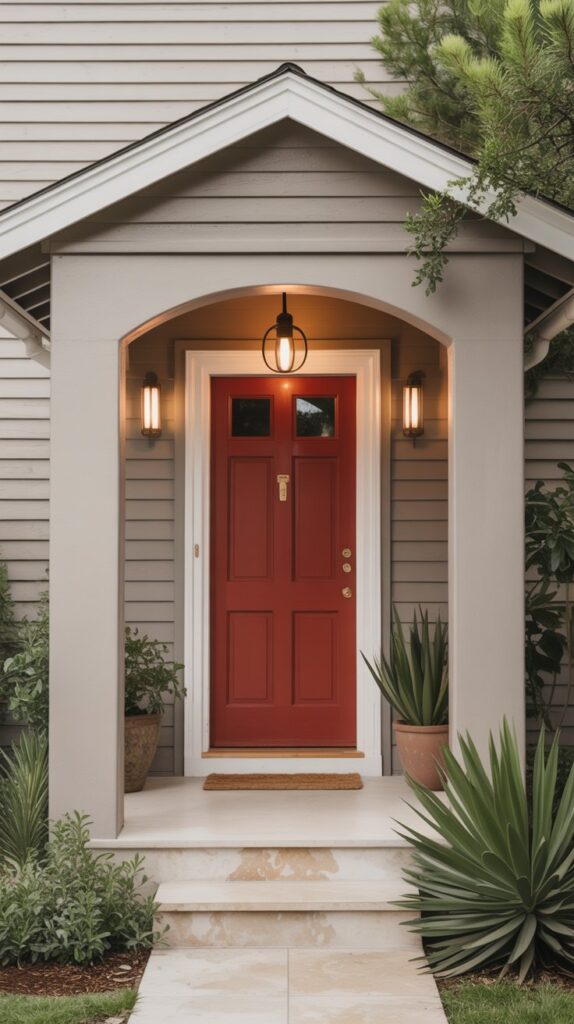
If you’re looking for a neutral that is anything but boring, allow me to introduce you to the wonders of “greige.” A perfect marriage of beige and gray, greige is the ultimate chameleon color. It’s warmer than a true gray but more sophisticated than a standard beige. It provides a classic, grounded foundation that feels both current and timeless. To elevate this versatile neutral, we pair it with a deep, earthen red for a pop of welcoming color that feels rich and organic.
Your first step is to select the right greige. They can have different undertones, so be sure to view your samples outdoors. Some lean warmer (more beige), while others are cooler (more gray). A warm, mushroom-y greige is a fantastic choice for a main body color. Paint the trim in a soft, bright white or a slightly lighter shade of the same greige for a subtle, layered look. The real magic comes with the front door. Your instruction is to find a rich, complex red—not a fire engine red, but a deeper brick, terracotta, or barn red.
Visualize a beautiful traditional home painted in a warm, welcoming greige. The siding looks soft and inviting in any light. The trim is a clean, creamy white, providing a gentle definition. And there, at the center, is the front door, painted a gorgeous, deep brick red that says, “welcome in.” This red accent can be echoed in flowering plants like geraniums in your planters or the turning leaves of a Japanese maple in the yard. It’s a sophisticated, warm, and utterly inviting palette.
7. The Historic Gentleman: Slate Blue & Aged Off-White
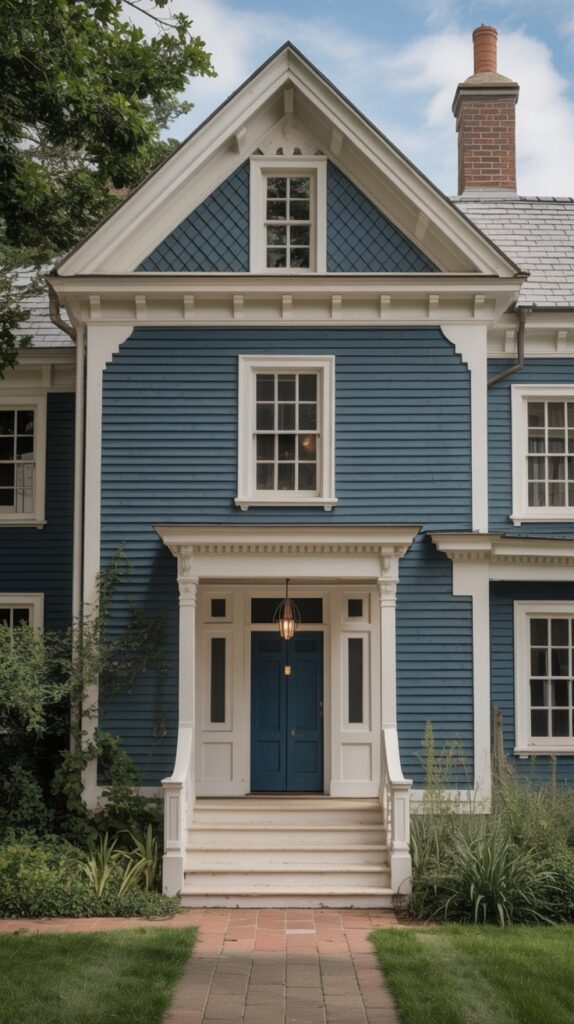
For homes with history, character, and traditional architecture, this palette pays homage to the past while feeling perfectly elegant today. Slate blue is a deep, moody blue with strong gray and sometimes green undertones. It’s a color of substance and quiet confidence, reminiscent of historic uniforms, stormy seas, and heritage estates. When paired not with a stark white, but with a softer, aged off-white, the effect is sophisticated, stately, and full of soul.
The key to achieving this look is subtlety and depth. Choose a rich slate blue for the main body of your home. It should feel classic and muted, not bright or primary. For the trim, avoid a brilliant modern white at all costs. Instead, your instruction is to find an off-white with creamy or even slightly gray undertones. This will give the trim an “aged” or “heritage” quality that complements the deep blue siding and makes the entire palette feel authentic and cohesive.
Imagine a handsome Victorian or a stately Federal-style home. The main body is painted in a deep, contemplative slate blue. The intricate trim work—around the bay windows, the decorative gables, the porch spindles—is picked out in a soft, creamy off-white that has a historic feel. The front door could be a rich, glossy black for a touch of formality, or a deep burgundy to add another layer of historic color. This is a palette that speaks of history, quality, and timeless good taste.
8. The Bold Individualist: Deep Teal & Honey Wood Tones
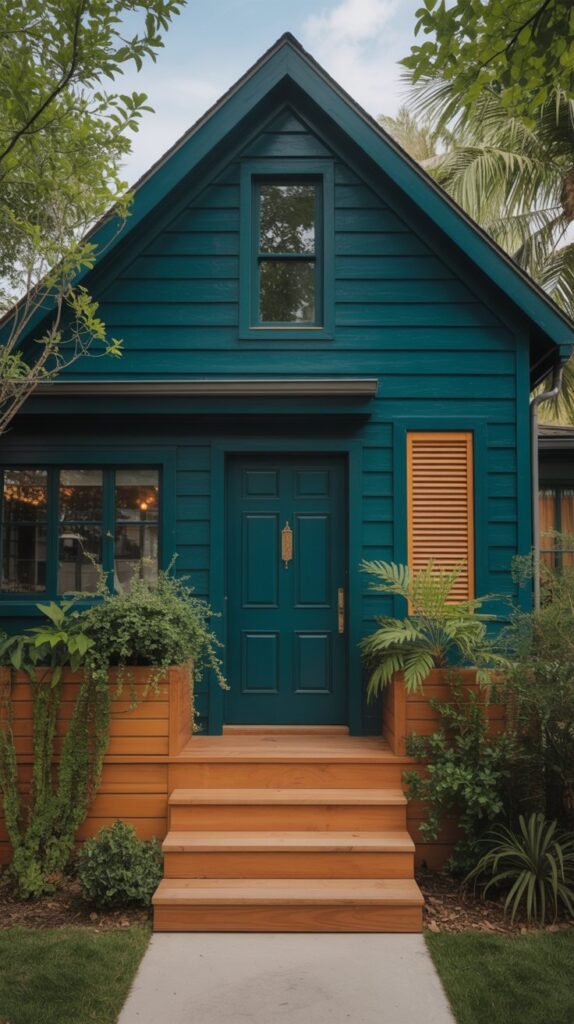
Ready to make a statement? For the homeowner who isn’t afraid of color, a deep, saturated teal is a spectacular choice that is full of personality and flair. Teal is a fascinating blend of blue and green, and in its deeper forms, it feels luxurious, creative, and just a little bit daring. To keep this jewel tone from overwhelming, the secret is to pair it with the natural, grounding warmth of honey-toned wood. This creates a balanced, high-style look that is truly unique.
This palette is all about confident execution. You can choose to go all-in and paint the entire siding in a rich, dark teal, or you can use it as a powerful accent. An excellent instruction for a less permanent approach is to paint a neutral body (like charcoal or cream) and use the deep teal for the front door and shutters only. Whichever path you choose, the critical element is incorporating warm, honey-colored wood. Think teak, light cedar, or oak. This warm wood tone is the perfect complement to the cool teal.
Picture a mid-century modern home with its clean lines painted in a stunning deep teal. A custom-made garage door and front door, crafted from horizontal slats of honey-toned wood, provide a warm, organic contrast. Or, imagine a more traditional home painted a soft off-white, but with glossy, deep teal shutters and a matching front door that command attention. The warmth of wood planters or a porch swing would tie the look together. It’s a palette for the confident, creative soul.
9. The Desert Modern: Sun-Baked Terracotta & Bone White
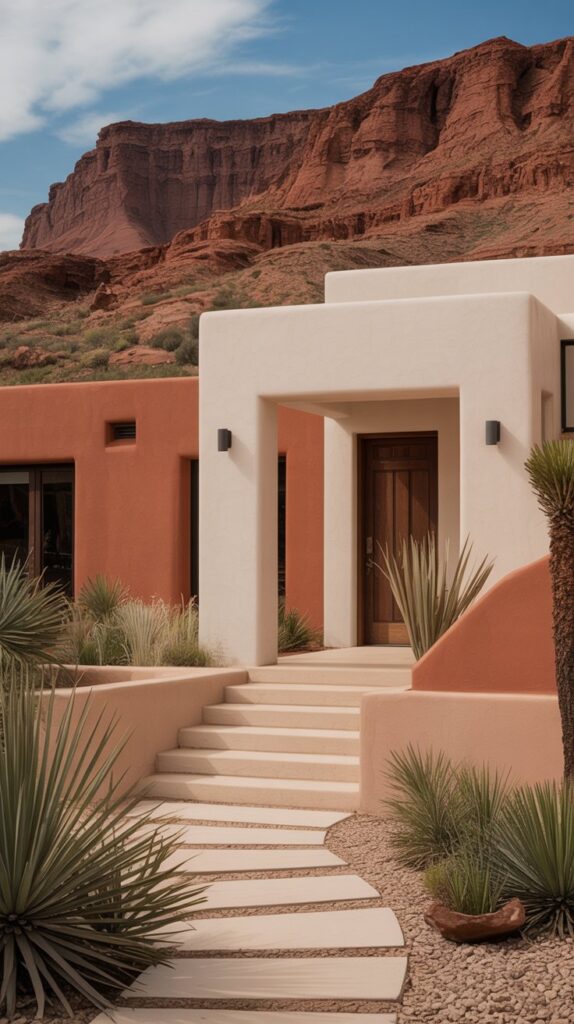
Inspired by the breathtaking landscapes of the American Southwest, this palette is earthy, warm, and effortlessly cool. It revolves around terracotta, a color that evokes sun-baked clay, desert canyons, and a deep connection to the earth. Paired with a soft, bone-white and the texture of natural materials, this look is perfect for stucco, ranch, or modern minimalist homes. It’s a palette that feels both ancient and incredibly current.
To master the desert modern aesthetic, texture is just as important as color. Your main color could be a warm, dusty terracotta or adobe red, either in paint or as the natural color of your stucco. Alternatively, you can flip the palette. A fantastic instruction is to paint the main walls a soft, bone-white or a very light, sandy beige, and then use the rich terracotta as a powerful accent on a feature wall, a courtyard enclosure, or the front door. The key is to keep the lines clean and the palette simple.
Envision a low-slung modern home with a smooth, bone-white stucco exterior. A single, dramatic accent wall by the entrance is painted in a deep, matte terracotta. The front door is a simple design in a dark, warm wood or painted a near-black for contrast. Landscaping is critical here: think sculptural cacti, agave, and ornamental grasses planted in beds of decomposed granite or river rock. The combination of warm earth tones, clean white, and drought-tolerant greenery creates a look that is both serene and strikingly beautiful.
10. The Layered Sophisticate: Monochromatic Grays
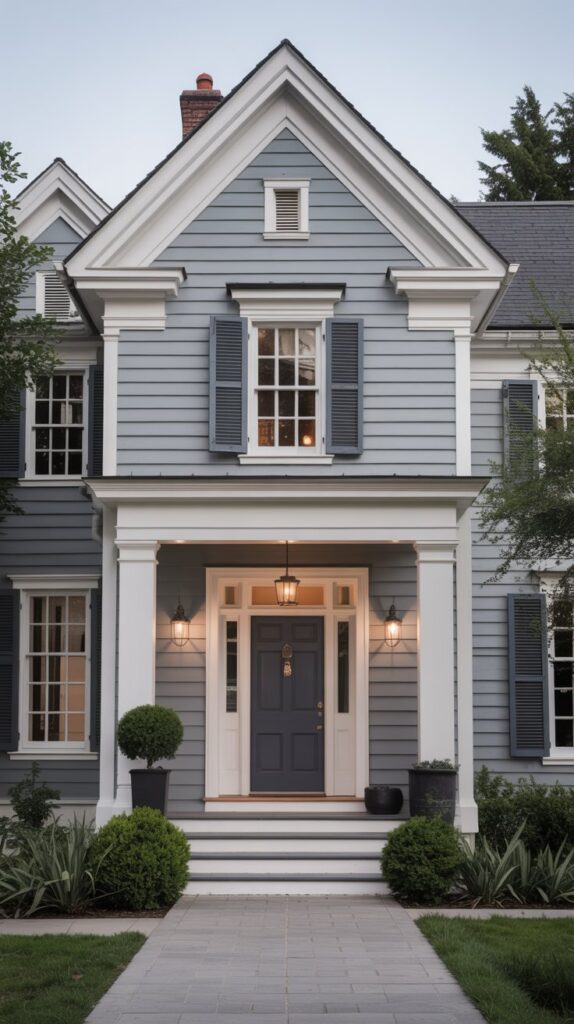
A monochromatic palette can be one of the most sophisticated and architectural choices you can make. By using various shades of the same color, you create a look that is subtle, layered, and incredibly chic. Gray is the perfect candidate for this approach. It allows you to play with light and shadow, highlighting your home’s form and details without the distraction of multiple hues. This is a designer-favorite technique for creating an elegant, cohesive, and modern exterior.
The instruction here is to select a single gray color strip from a paint store and choose three distinct shades from it: a light, a medium, and a dark. Use the medium gray for the largest area—your main siding. This will be your foundational color. Use the lightest gray for the trim. This will create a subtle contrast that defines the edges of the house without being jarring. Finally, use the darkest, most dramatic gray (or even a black from the same family) for the front door, shutters, and other small accents to create depth and a clear focal point.
Imagine a classic home with horizontal siding painted in a perfect, mid-tone gray. The trim around the windows and roofline is a lighter, airier shade of the same gray, which catches the light beautifully. The shutters and the front door are a deep, commanding charcoal gray, grounding the entire scheme. This layered approach makes the home look incredibly thoughtful and custom. It’s a testament to the power of nuance, proving that a single color family can create a dynamic and deeply satisfying design.
